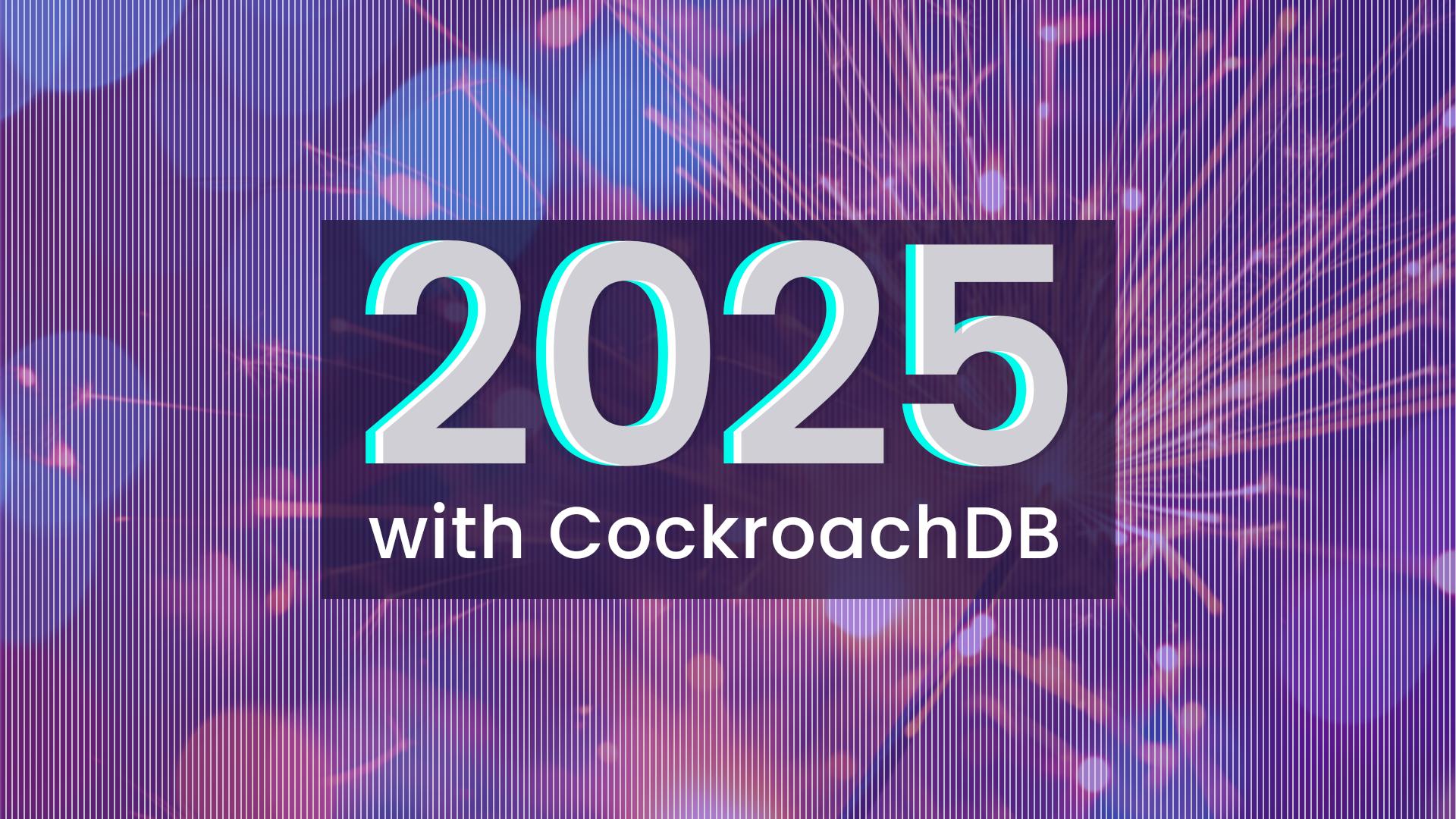Trying to choose between the three main public cloud providers – AWS, GCP, and Azure – isn’t easy. There are a lot of factors to consider, and no single cloud provider is going to be the best option for every use case.
When it comes to running OLTP workloads, though, we wanted to see if any of the clouds stood out in terms of price for performance. In our 2022 Cloud Report, we ran extensive testing on 56 different instance types across the three clouds to answer that question for our customers.
AWS vs. GCP vs. Azure: OTLP bang for your buck
After analyzing the results of more than 3,000 OLTP runs, we found that all three clouds have instances that offer comparable price-for-performance:
While Google’s t2d-standard-32 is the top $/TPM performer in the chart above, all three clouds had at least one instance type and storage combination in the $0.04-$0.05 reserved $/TPM range (all prices are per month, reserved assumes a one-year commitment).
We therefore consider the results an effective tie – if you want the best price-for-performance, any of the three clouds’s best-performing instances will serve you well.
Overall, pricing is very linear, with pricing scaling by the number of vCPUs, GB of RAM, or the amount of disk allocated. In most cases you can expect to pay roughly the same amount for these resources across all three clouds, at least for all the configurations we considered.
Does node size matter?
Yes. At a fixed workload complexity of 1,200 warehouses, we found that larger nodes offered the best price-for-performance, primarily because a greater proportion of the small nodes’ price is storage.
This is partially due to having the smaller nodes (relatively) overprovisioned in comparison to the larger nodes – we feel this reflects likely real-world use cases, but it does give the larger nodes a pricing advantage in this comparison.
Does storage type matter?
Yes. We found that storage and transfer costs had an outsized impact on the overall total cost of operating a node, and that in general, general-purpose storage options (gp3, pd-ssd, and premium disk on AWS, GCP and Azure respectively) offered better bang-for-buck than the high-performance storage options we tested (io2, pd-extreme, and ultra disk). All of the top ten instances in our price-for-performance analysis use the clouds’ more affordable general-purpose storage options.
However, for some types of specific workloads, opting for the high-performance storage options can still make sense.
Learn more and dig deeper
While all of the clouds offer excellent price-for-performance, we did see quite a bit of variability between each cloud’s different instance and configuration options. Check out the full 2022 Cloud Report – it’s free – for all of the details on how each instance performed in our OLTP, CPU, Network, and Storage testing.





